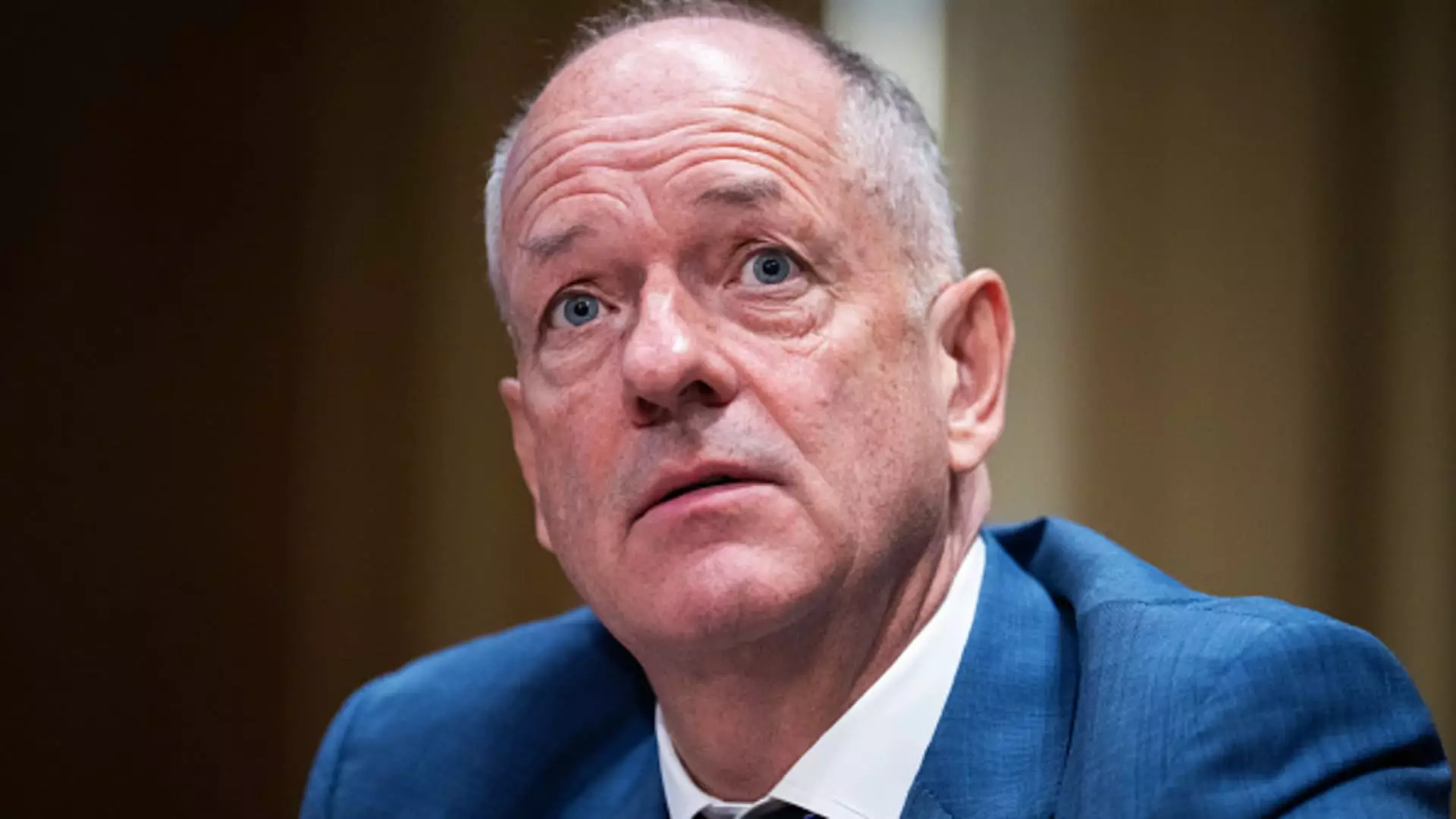The untimely death of Brian Thompson, the CEO of UnitedHealthcare, marks a significant moment not only for the organization but for the entire health care landscape of the United States. Andrew Witty, the CEO of UnitedHealth Group, expressed profound sorrow in a recent New York Times opinion piece, addressing not only the personal loss but also the systemic challenges that plague the health care industry at large. The tragic circumstances surrounding Thompson’s death—a violent act in midtown Manhattan, allegedly perpetrated by a critic of the health system—underscore the mounting discontent many Americans feel towards the existing health care framework.
Witty’s remarks reflect an understanding that the current system, viewed by many as inadequate and frustrating, is the result of decades of piecemeal reforms and improvisation. He poignantly acknowledges that “no one would design a system like the one we have,” emphasizing the urgent need for comprehensive reform. This admission resonates with a public that has expressed growing dissatisfaction over issues such as denied insurance claims, surging premiums, and a pervasive lack of clarity regarding coverage options.
The Call for Collaborative Solutions
In the wake of this tragedy, Witty’s message is one of collaboration and partnership. He reiterates UnitedHealth’s commitment to working alongside various stakeholders, including health care providers, patients, and even government entities, to craft a more efficient and transparent health care system. His comments serve as a reminder that change will not come from a singular entity but requires a collective effort, recognizing the interdependencies that exist within the industry.
As a leader of the world’s largest health care conglomerate, with a market cap approaching $475 billion, the pressure for UnitedHealth to maintain profitability is immense. However, Witty makes it crystal clear that improving patient experiences and satisfaction is paramount. He advocates for increased transparency regarding claims processes, suggesting that a more understandable approach to insurance can mitigate many of the frustrations voiced by consumers.
Navigating the Complexities of Health Insurance
Critics have often pointed to the complexities of the insurance landscape as intrinsic barriers to effective health care delivery. Witty acknowledges this by suggesting that behind each claim lies a wealth of clinical evidence aimed at optimizing health outcomes and ensuring patient safety. However, it begs the question of whether this evidence is accessible and transparent enough to elucidate the often opaque decision-making processes of insurance companies.
The incident involving Thompson has catalyzed a wider conversation about the image of the insurance industry, which is frequently depicted as a villain in public discourse due to its perceived role in escalating health care costs and restricting access. This framing not only fuels resentment but also ignites calls for genuine reforms that address not just surface-level issues but the deeper systemic flaws that have been allowed to fester within the industry.
As the health care community mourns the loss of a leader, it must also reflect on the broader implications of this tragedy. Witty’s acknowledgment of a flawed system resonates with many, and as stakeholders come together in this period of mourning and reflection, there exists a critical opportunity to reimagine a health care landscape that is fairer, more transparent, and ultimately more effective. The challenge ahead is substantial, but the path to reform begins with open dialogue and a commitment to actionable solutions.

